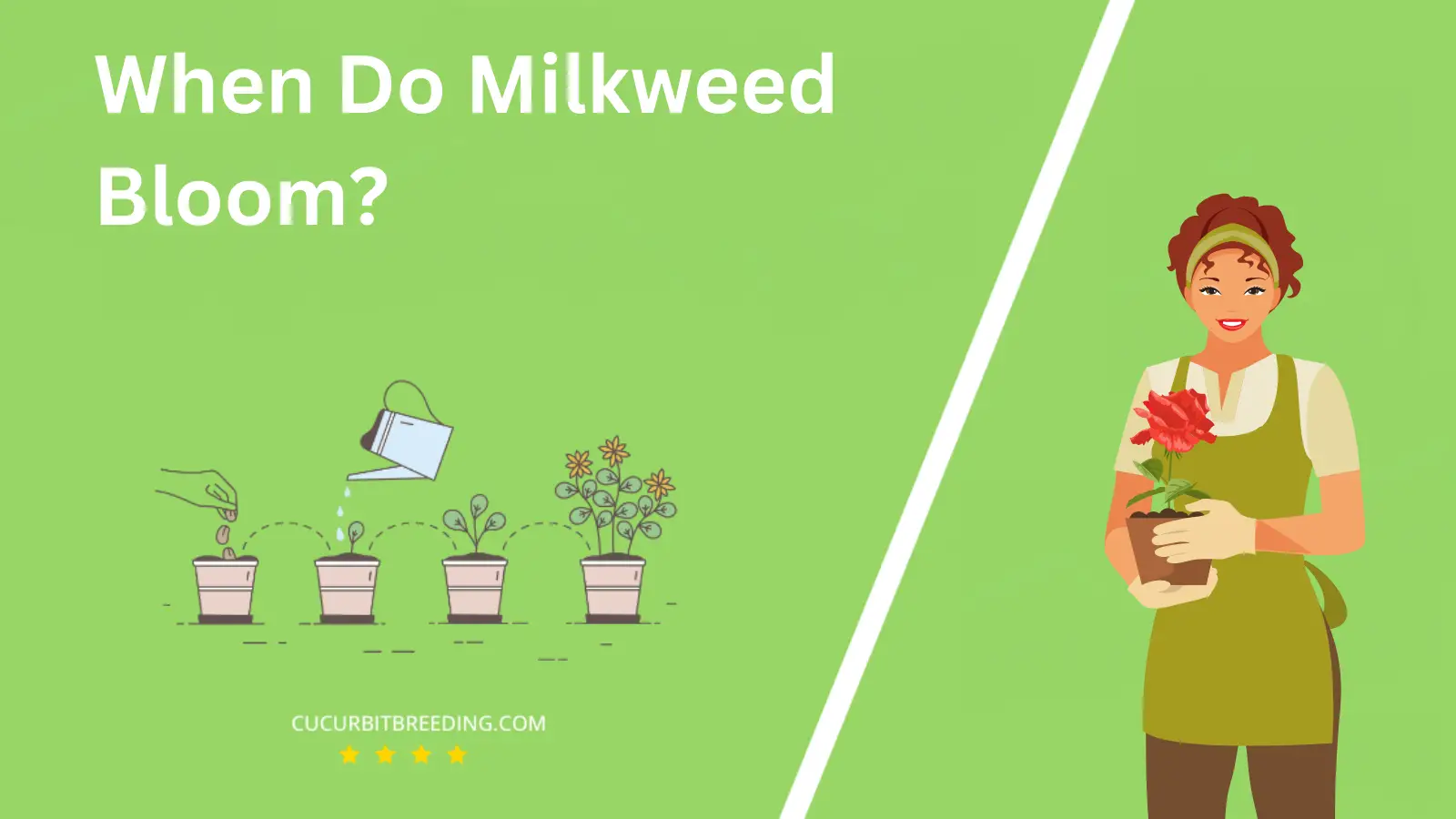
Ever wonder, when do milkweed bloom? These fascinating plants are not only attractive but also play a crucial role in our ecosystem. Their unique blooming cycle is a spectacle that nature enthusiasts eagerly anticipate.
However, understanding when and how these vibrant plants come to life requires a careful exploration of their life cycle and the environmental factors that influence it. Let’s delve into the wonderful world of milkweeds and their bloom times.
When Do Milkweed Bloom?
Milkweed plants typically bloom from June to August in most regions. However, the exact timing can vary slightly depending on the specific species of milkweed and the local climate conditions. Once blooming, these plants can continue to produce flowers for several weeks.
| Stage | Description |
|---|---|
| Germination | Spring (March-May) |
| Growth | Spring-Summer (April-August) |
| Blooming | (Summer) June to September |
| Dormancy | (Dormancy period: November to February) |
How Long Do Milkweed Bloom?
The Milkweed plant typically begins to bloom in late spring and can continue to display its flowers until late summer or early fall. The exact timing can vary based on the specific species of milkweed and the local climate conditions. However, on average, the blooming period of a milkweed lasts for about two months.
How Light Affects Milkweed Blooms?
Light plays a crucial role in the growth of milkweed plants, including their blooming process. Milkweeds require full sun exposure to produce the most vibrant and healthiest blooms. The light stimulates photosynthesis, which provides the energy necessary for growth and bloom development.
Without sufficient light, the plant may become leggy and produce fewer, less vibrant flowers. Hence, for optimal milkweed bloom, ensure the plant is positioned in a location where it can receive at least six hours of direct sunlight each day.
However, too much intense light or heat can also cause damage, so it’s a delicate balance. In extreme heat and sunlight conditions, providing some afternoon shade can help protect the plant and its blooms.
Will Milkweed Bloom the First Year You Plant It?
Typically, milkweed plants do not bloom in their first year after being planted from seed. They spend their first year developing a strong root system and generally begin blooming in their second year. However, this can vary depending on the specific variety of milkweed and growing conditions.
Will Milkweed Bloom Every Year?
Yes, milkweed is a perennial plant, which means it will bloom every year once it is mature and well established. However, it’s important to note that it may take a couple of years from planting for the plant to start blooming.

Should I Deadhead Milkweed Blooms?
Yes, you should deadhead milkweed blooms. Deadheading, or the process of removing faded or dead flowers, is important to encourage the growth of new flowers. It prevents the plant from using its energy on seeding. Also, in the case of milkweed, it can prevent unwanted spreading as this plant can become invasive in certain conditions.
Top Reasons Mature Milkweed May Stop Flowering

Mature milkweed may stop flowering for several reasons. The most common reason is poor soil conditions. Milkweed prefers well-drained, loamy soil. If the soil is too dense or waterlogged, it can prevent the plant from flowering.
Another key factor is insufficient light. Milkweed is a sun-loving plant that requires full sun for at least six hours a day to produce flowers. If the plant is in a shaded location, it may not flower.
Lastly, improper pruning can also affect flowering. If milkweed is pruned too early in the season, it can prevent flower production. Thus, it is recommended to prune milkweed in late winter or early spring to encourage flowering.